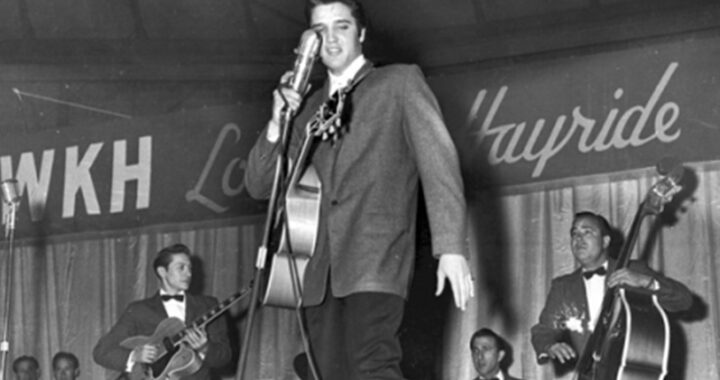In songwriting, the term contrast refers to providing opposite-sounding characteristics to any one song component: melodies that move higher, then lower; chords that are mainly minor, then major; instrumentation that’s at one point soft, then loud, and so on.
It’s not important that every element within a song show a degree of contrast. For example, you can successfully write a song that uses the same chord progression from beginning to end (“With Or Without You” – U2), or that uses the same melody for both the verse and the chorus (“Hound Dog” – Leiber & Stoller).
 Looking for ways to create dozens of progressions quickly? Read through “Chord Progression Formulas.” They’ll give you the formulas that will help you come up with lots of progressions within moments. Get it separately, or as part of “The Essential Secrets of Songwriting 10-eBook Bundle.”
Looking for ways to create dozens of progressions quickly? Read through “Chord Progression Formulas.” They’ll give you the formulas that will help you come up with lots of progressions within moments. Get it separately, or as part of “The Essential Secrets of Songwriting 10-eBook Bundle.”
So if the contrast principle is so important (it usually is), how do you provide the necessary contrast for songs that use a lot of repetition?
Contrast Makes Repetition Easier
It turns out that as long as you’re providing contrast in just one or two song elements, a song will tolerate a lot of repetition without sounding boring. In “With Or Without You” for example, the chord progression stays the same throughout. But the melody (which features a lot of repetition itself) jumps up an octave partway through, and along with the instrumental build that also occurs, it’s all it really needs.
In “Hound Dog”, where the melody doesn’t really give us much more than 3 or 4 notes, and the chord progression (a blues-based set of changes) doesn’t much change either, there’s not a lot of contrast.
But if you look closer at the song from beginning to end, that’s where we notice the contrast: guitar solos along with backing vocals is all that was really necessary, because the song is so short.
How Much Contrast?
How much contrast does a song need? It’s all a question of balance and musical instincts. Your instincts should tell you when you’re getting too much repetition and you need something different.
The good news is that in songwriting, the contrast doesn’t need to be anything more than subtle. And in fact, a song can suffer from too much contrast in the sense that it can interfere with the basic groove or feel of a song.
Some common contrast ideas to play around with in your songs:
- Chords: Try mainly minor for a verse and bridge, and mainly major for a chorus.
- Melody: Try lower melodies in a verse, and higher ones in a chorus.
- Instrumentation/production: Keep things quiet and/or transparent in a verse, and fuller in a chorus.
- Rhythm: Try a busier vocal-line rhythm in a verse, and switch to a vocal melody that is simpler and locks into the rhythm of the hook in the chorus.
 Written by Gary Ewer. Follow Gary on Twitter.
Written by Gary Ewer. Follow Gary on Twitter.
 Get “The Essential Secrets of Songwriting” eBooks. They’ll help you polish your technique, and make you the best songwriter you can be. Comes with a Study Guide, tons of chord progressions, and information covering every aspect of how to write good music.
Get “The Essential Secrets of Songwriting” eBooks. They’ll help you polish your technique, and make you the best songwriter you can be. Comes with a Study Guide, tons of chord progressions, and information covering every aspect of how to write good music.










